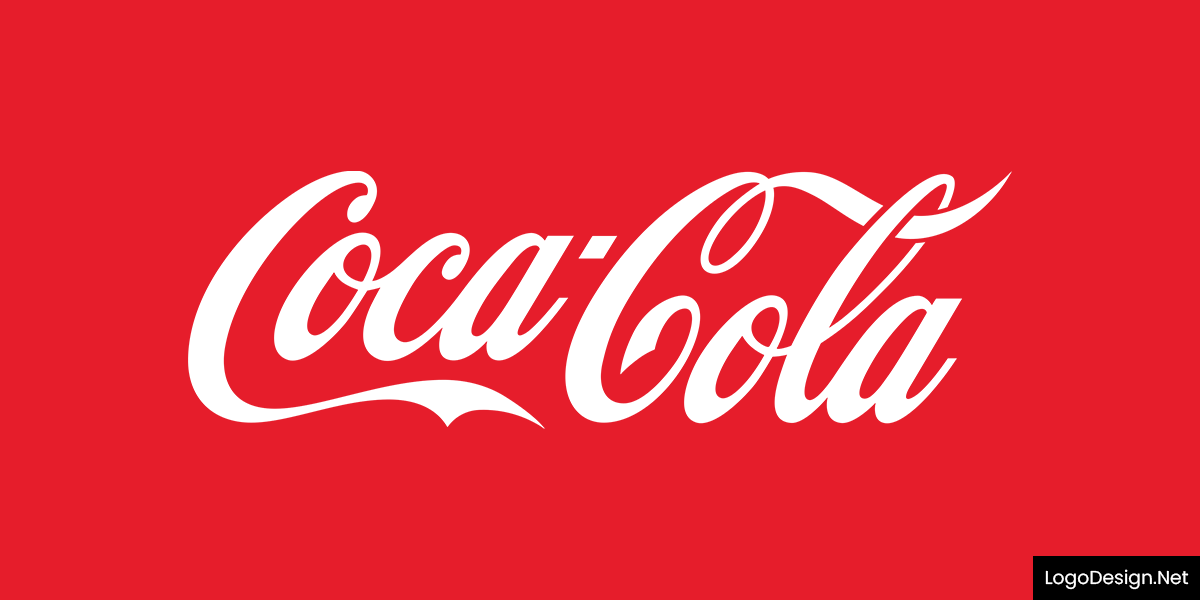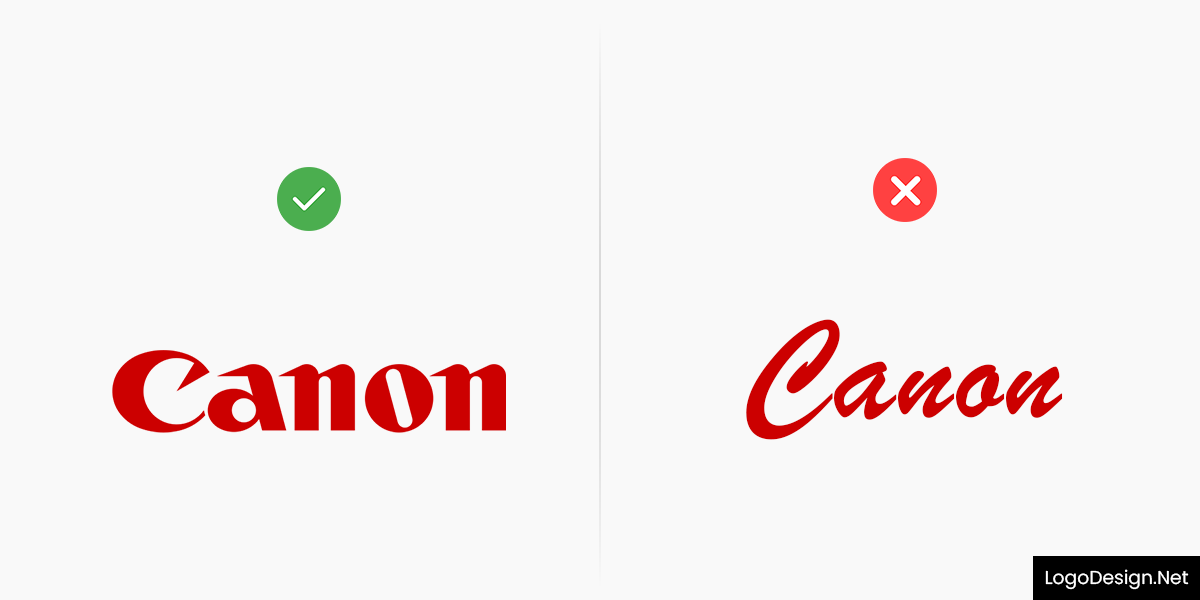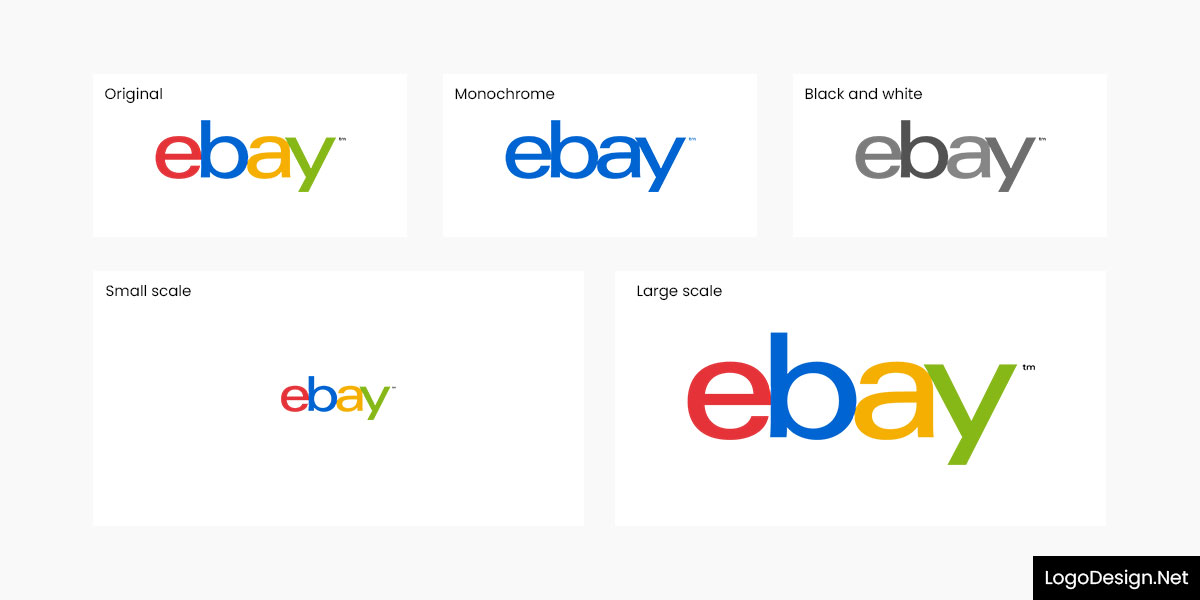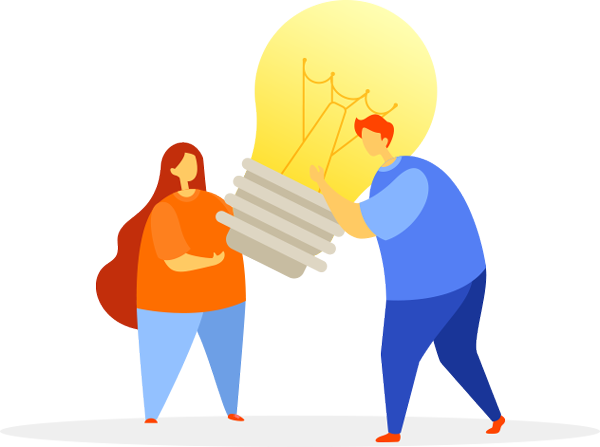Your logo isn’t just a pretty picture—it’s your brand’s voice. Watch out for these logo design mistakes to make it truly unforgettable!
What’s the first thing that comes to mind when you hear iconic brands such as Apple, Nike, or McDonald’s? For many, it’s their logos. That clean swoosh, that chomped apple, those golden arches, they’re more than pictures. They’re emotional triggers, brand ambassadors, and identity markers.
In the early days of starting a business, most owners attempt to save a buck by creating their logos themselves. Sometimes it’s to save cash, sometimes it’s the "I have AI and a good eye" bravado. However, logo creation is a subtle process – part art, part strategy, part psychology.
Done correctly, a logo establishes recognition and credibility. Done incorrectly, it may confuse your market, dilute your brand, or simply wither away in obscurity.
Let’s take apart the five biggest logo design mistakes business owners make and learn tips for logo design to avoid being sucked into the same pitfalls.
1. Falling in Love with Trends Rather Than Timelessness
Design trends are seductive. Gradient overloads, 3D effects, swoopy letters, holographic textures, they’re trendy and sleek. However, trends are like fashion: today’s hotness can become cringe tomorrow.
A lot of DIY designers fixate on what’s popular on Pinterest or Dribbble. The outcome? A logo that’s timely for a hot moment… and stale the next year.
Why it’s a mistake?
Trendy logos are bad logo examples that age poorly. You can consider it like getting a haircut based on a popular TikTok trend, you may love it now, but are you going to want to look at it on your business card in five years?
What to do instead?
Strive for an ageless look. Clarity, balance, and simplicity never go out of fashion.

The famous Coca Cola logo, with white typography and red background
Look at Coca-Cola’s logo—it’s hardly been altered since the late 1800s. But it’s still relevant and recognizable.
2. Using Inappropriate Fonts or Too Many of Them
Fonts are powerful. They evoke emotion, character, and even industry. However, too often, business owners choose fonts that scream DIY. Comic Sans, Papyrus, or worse, stacking three different fonts into one logo.
There’s a temptation to overcomplicate, especially when you’re excited to “show personality.” Not considering typography rules and font modes is one of the most common logo design mistakes.
Why it’s a mistake?
Fonts establish brand tone. A law firm in a playful, rounded font appears amateur. A tech startup with a script font may appear outdated and combining fonts randomly makes for visual mayhem.
What to do instead?
Use one or two fonts at most. Select ones that speak to your industry and values. Want elegance? Use serif. Want trendy? Use a clean sans-serif. Want something special? Personalize a typeface.

This image shows the correct Canon logo and the wrong one
Also, refrain from using cursive fonts if they sacrifice readability. A logo needs to be readable instantly, even when small.
3. Oversights of Versatility (Not Testing in Actual Situations)
It’s simple to create a logo that appears fantastic in full color on your laptop screen, but what happens when it’s published in black and white? Or reduced for a pen? Or magnified on a billboard?
A lot of DIY logos fall apart when resized, put on black backgrounds, or resized to grayscale.
Why it’s a mistake?
A logo that only works in one context is a branding liability and one of the bad examples of logos. You’ll constantly be fighting with placement, readability, and consistency.
What to do instead?
Test your logo in multiple formats:
- Black and white
- Monochrome
- Small scale (business cards, favicons)
- Large scale (banners, billboards)
- On both light and dark backgrounds

These are the different variations of Ebay logo
A perfect logo design should be simple enough to work in all conditions and recognizable even when stripped down.
4. Designing for Yourself, Not Your Audience
This hurts a little bit. It’s your company. You adore black. You’re unicorn-obsessed. You enjoy fancy calligraphy. So why wouldn’t you design a logo that goes with what you love? Because your brand isn’t about you, it’s about your audience.
Why it’s a mistake?
Your dream client may not align with your sense of style. Worse, they could misread it. A cute, feminine logo would repel business clients and a clean, simple logo may not resonate with a quirky kids brand.
What to do instead?
Begin by getting to know your audience. Who are they? What are they about? What design elements speak to them?
Design for your audience’s eyes, not yours. You can still include personal touches but only when they serve your brand objectives.
5. Over-complicating the Design
Another one of the biggest logo design mistakes is over-complicating things. Complexity is the devil when it comes to memory. Logos filled with minutiae: small icons, gradients, shadows, taglines, and symbols – disappear in translation. Literally.
When reduced in size, they’re blurry pixelated spots. When stitched out, they appear sloppy. And when someone attempts to explain it, they mutter, "Uh, it’s sort of like a tree with a house and a gear and some swirls…"
Why it’s a mistake?
There are many examples of good and bad logos out there. The greatest logos are simple and minimal in design. Consider Apple, Nike, Target, or Twitter (pre-X). They’re memorable, scalable, and flexible.
What to do instead?
Here is one of the best tips for designing a logo – Simplify it to the core. Ask yourself:
- Can someone sketch it from memory?
- Does it look good in black and white?
- Will it remain relevant in 5-10 years?
Simplicity doesn’t equal boring. It equals thoughtful, concentrated, and deliberate.
Conclusion
Designing your logo yourself may be exciting, but it can hurt your brand in the long term. Your logo is the launching pad for everything that comes after: your website, packaging, social media, and even your pitch deck.
If you skip the time or resources to do it correctly, you will set bad logo design examples. Also, you might need to rebrand later, which will cost more and threaten to confuse customers.
If you’re not ready to hire a full-time designer, consider using:
- A professional cursive logo maker or logo generator
- Freelance platforms with vetted designers
- Design studios offering logo packages
- See logo design tips for beginners
At the very least, get professional feedback or the best logo design tips before going live.
